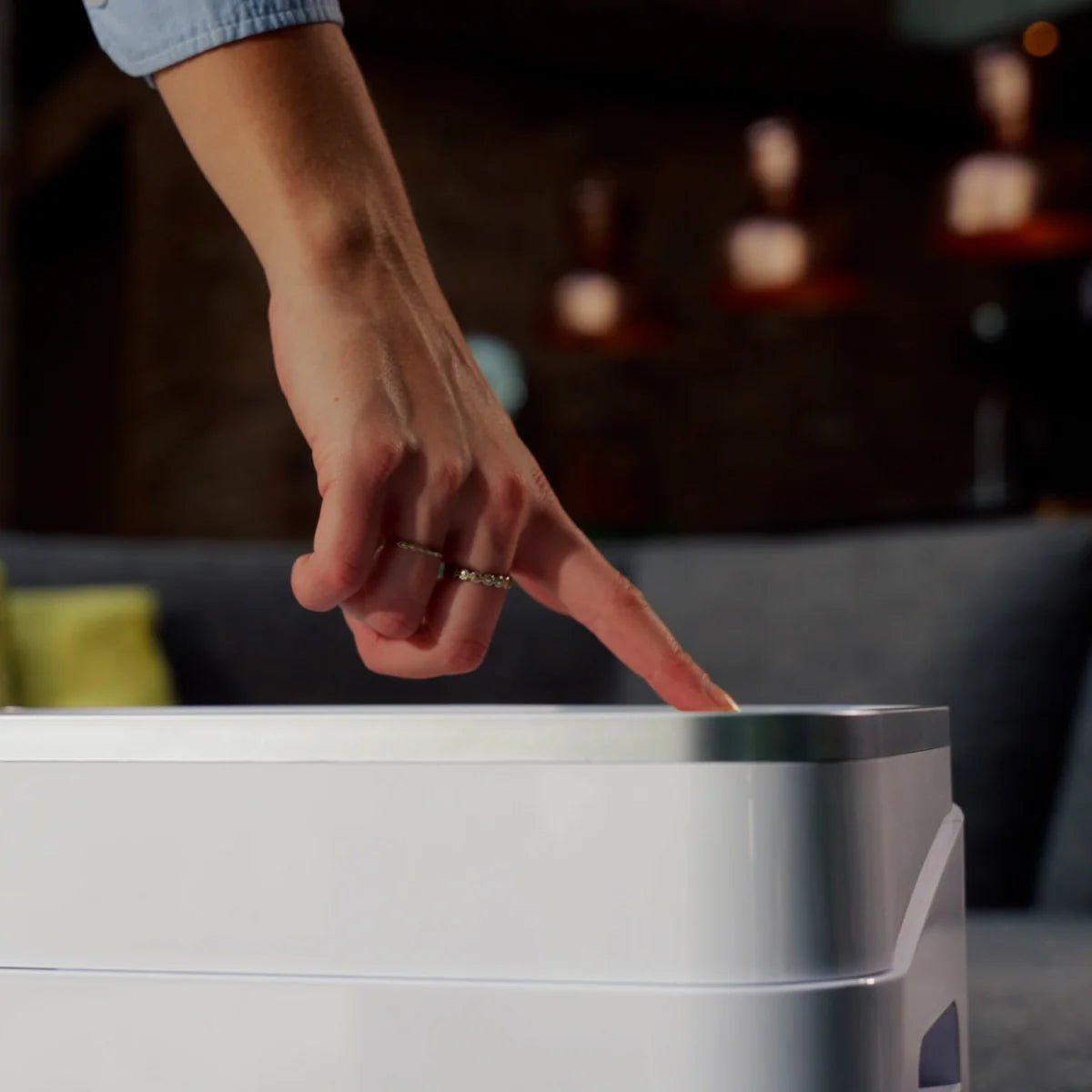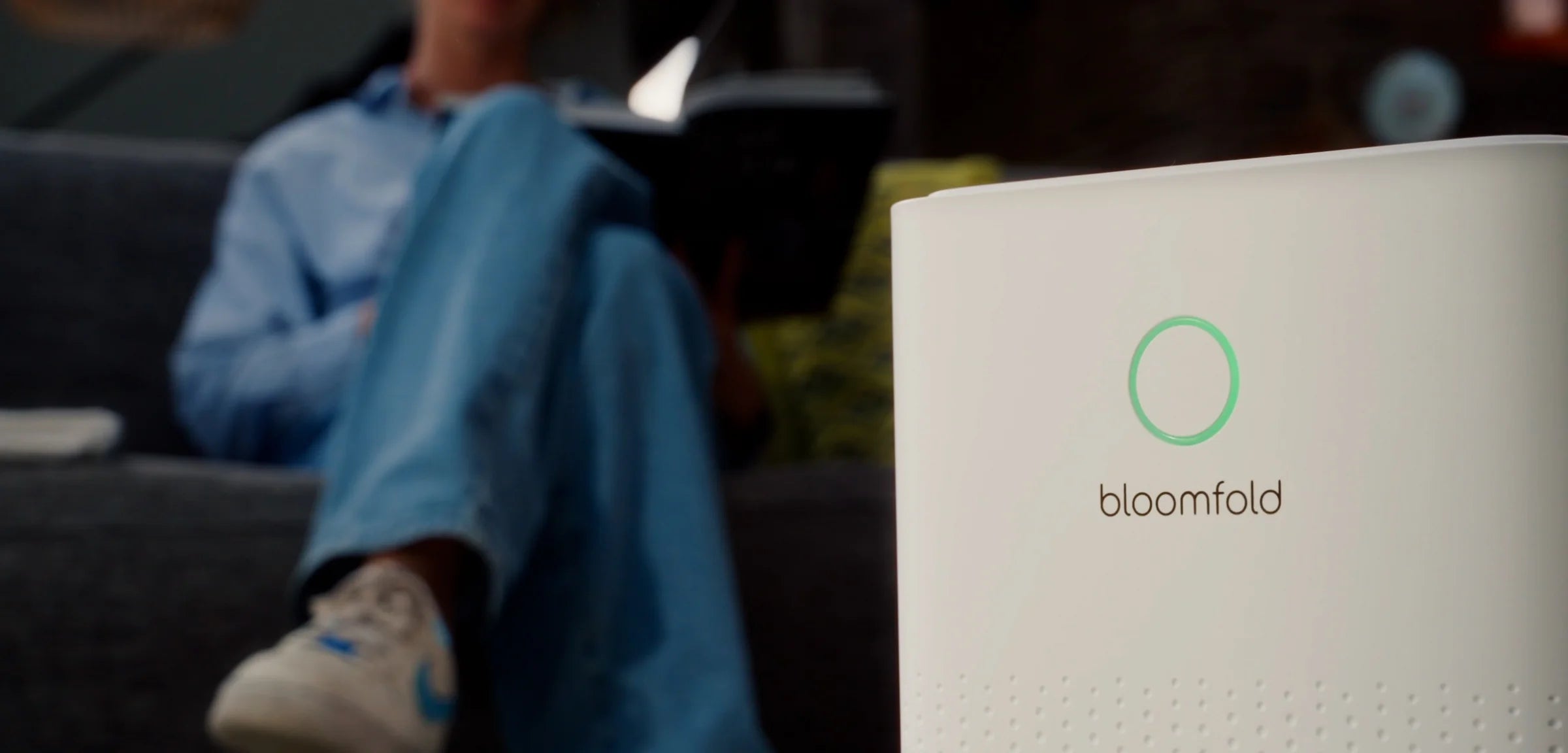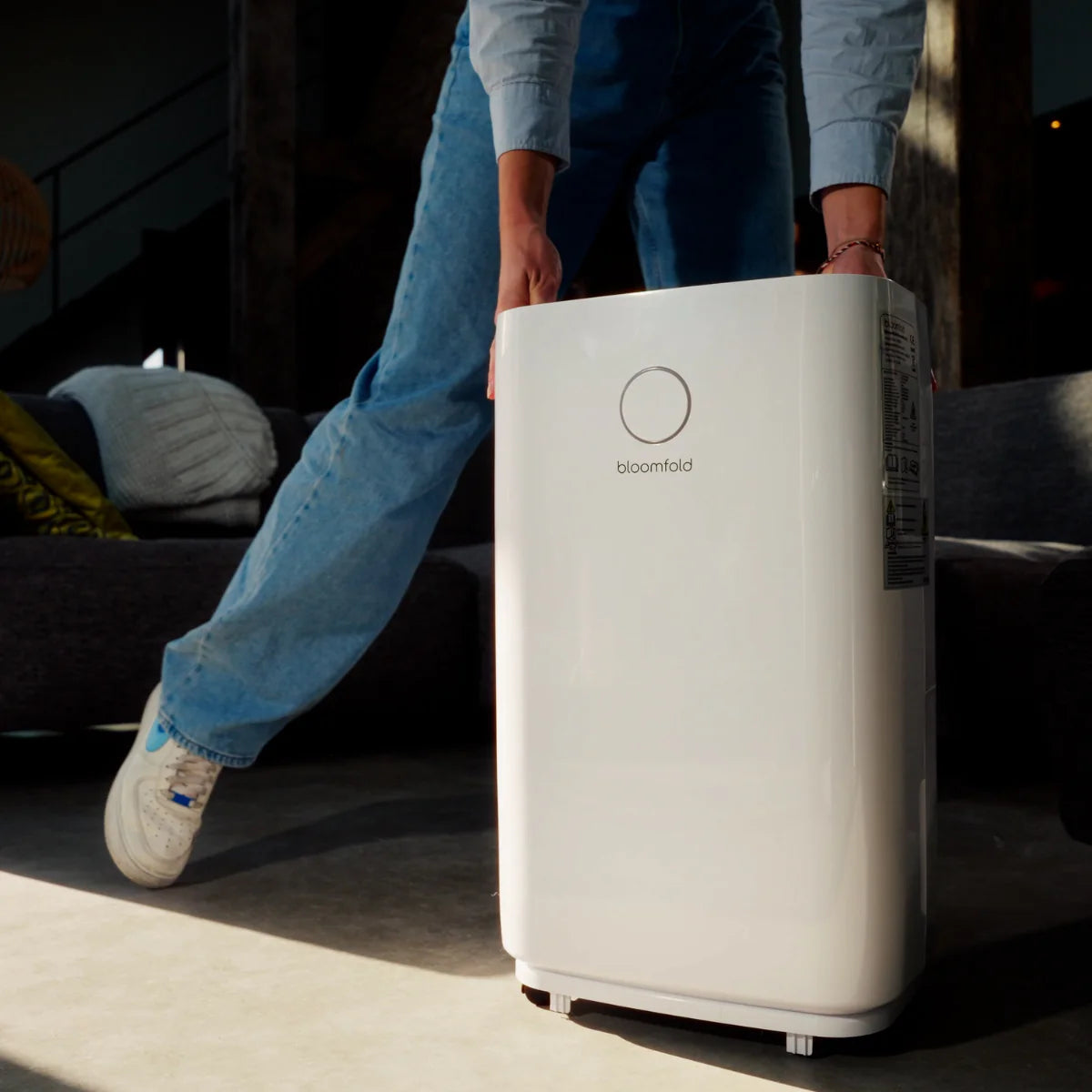With so many different models on the market, it can be difficult to make the right choice if you are looking for one dehumidifier. In this blog I will take you into the most important factors that you should pay attention to when purchasing a dehumidifier. After reading you know exactly what you need for your situation!
1. Capacity and size of space
The capacity of a dehumidifier is often indicated in liters per day (L/D). This is how much water the device can remove from the air in a 24-hour period. How do you determine how much capacity you need? The answer lies in the size of the room and how moist it is.
How much capacity do you need?
For a small room (such as a bathroom or a bedroom of approximately 15-20 m²), a dehumidifier with a capacity of 10 to 15 liters per day is sufficient.
In larger spaces or damp cellars (30-50 m²) you need a model with a capacity of 20-30 liters per day.
For extra large spaces or serious moisture problems (for example, a basement of 50+ m²), a dehumidifier of 30 liters or more may be needed.
Tip: Always choose a dehumidifier with a little more capacity than you think you need. The device then works more efficiently and the humidity remains constant at the desired level, even if the air is temporarily very moist.
2. The humidity in your home
Not every home has the same moisture problems. Sometimes there is only some extra condensation on the windows, but in other cases there can be a serious fungal problem. It is important to know what humidity you want to achieve and which model fits.
You not only use a dehumidifier to make the air drier, but also to obtain a healthy level of humidity, usually between 40% and 60%.
Tip: Measure your humidity! You can buy a separate device for this, A hygrometer. This way you get an idea of the problem and you can choose the right capacity and settings.
3. Energy consumption
Dehumidifiers consume electricity, so it is good to pay attention to energy consumption, especially if you plan to run the device for a long time in succession. Look at the energy consumption per liter. A economical model often has an energy label A ++ or A +++, which means that the device consumes much less energy than older or cheaper models.
Tip: Compare the consumption of different models and choose the most energy-efficient option within your budget. Ultimately, you save on your energy bill.
4. Noise level
Dehumidifiers can make noise, and that is of course not ideal if you use the device in a bedroom or living room. The noise level is usually indicated in Decibel (DB). Models with a noise level between 35-45 dB are relatively quiet and can be used in living spaces without problems.
Tip: If you want to put the dehumidifier in a bedroom, look specifically at silent models. Some even have a night mode that automatically lowers the sound.
5. Drainage options
With dehumidifiers, the collected water is collected in a reservoir that you have to empty regularly. If a lot of moisture has to be collected, it is handy that you choose a model with a larger water tank, so that you do not have to empty it continuously.
Tip: Don't you feel like emptying the water reservoir every day? Then choose a model with continuous drain. At Bloomfold we deliver a drain hose for free with every order. This way you get the option of both continuous and manual removal!
7. Extra functions and settings
Some dehumidifiers come with extra functions that facilitate use. Think of:
Automatic switch -off: The device eliminates itself when the water reservoir is full.
Hygrostat: This allows you to set the desired humidity and ensure that it automatically stops when the humidity has reached the desired level.
Digital displays: For an easy reading of the humidity, water level and other settings.
Heat function: Some models combine dehumidifiers with heating, ideal for spaces that are both damp and cold.
Tip: Think about which extra functions you find important. If you don't like hassle, automatic settings can be very useful.
8. Price-quality ratio
Although it is tempting to go for the cheapest model, it is important not only to look at the price, but also at the performance and sustainability. Cheaper models can work well in the short term, but often break down faster or use more energy. It can be worth investing a little more in an energy -efficient model that lasts longer.
Tip: Reading reviews And compare the performance of different brands and models. A higher price can often be a better investment in the long term.
Conclusion: what is the best dehumidifier for you?
Choosing the right one dehumidifier Depends on the size of the room, your moisture problem, the noise level, energy consumption and the extra functions that you find useful. By thinking carefully about what you need and inspecting your house in damp places, you can find the dehumidifier that best suits your situation.
Look at here All our different models and choose the dehumidifier that meets your wishes!







Leave a comment
This site is protected by hCaptcha and the hCaptcha Privacy Policy and Terms of Service apply.